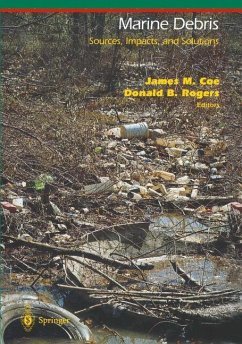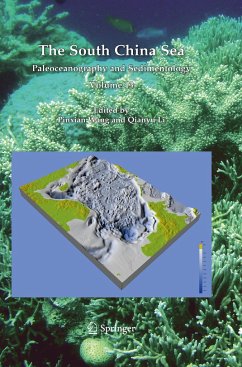
Oceanic Fronts in Coastal Processes
Proceedings of a Workshop Held at the Marine Sciences Research Center, May 25-27, 1977
Herausgegeben: Bowman, M. J.; Esaias, W. E.

PAYBACK Punkte
39 °P sammeln!
On May 25, 1977 a small invited group of coastal oceanographers assembled at the Marine Sciences Research Center at Stony Brook for three days of intensive discussions in a cloistered setting. The purpose of this workshop was to "assess the state of the art, to ascertain priorities for future research and to formulate the theoretical, instrumen tal, experimental and logistical tools needed to attain those goals in the study of coastal oceanic_ fronts. " Although the existence of oceanic fronts has been known for a long time, ocean frontology is experiencing rapid acceleration in the emergence ...
On May 25, 1977 a small invited group of coastal oceanographers assembled at the Marine Sciences Research Center at Stony Brook for three days of intensive discussions in a cloistered setting. The purpose of this workshop was to "assess the state of the art, to ascertain priorities for future research and to formulate the theoretical, instrumen tal, experimental and logistical tools needed to attain those goals in the study of coastal oceanic_ fronts. " Although the existence of oceanic fronts has been known for a long time, ocean frontology is experiencing rapid acceleration in the emergence of new concepts and methodology. The science is developing from the descriptive phase and many unsolved problems lie in the understanding and quantification of frontal dynamics. In turn, challenging questions need to be addressed on the controlling influence of the physics of fronts on the chemistry, biology, acoustics, and suspended particulate aggregations in these zones. Coastal fronts are very efficient at concentrating buoyant and suspended particulate matter inclUding toxic wastes; heavy metal concentrations in polluted coastal frontal zones have been measured to be as high as one to ten thousand times background. These zones are also regions of high biological productivity, and consequently frequented by both commercial and sports fishermen.














